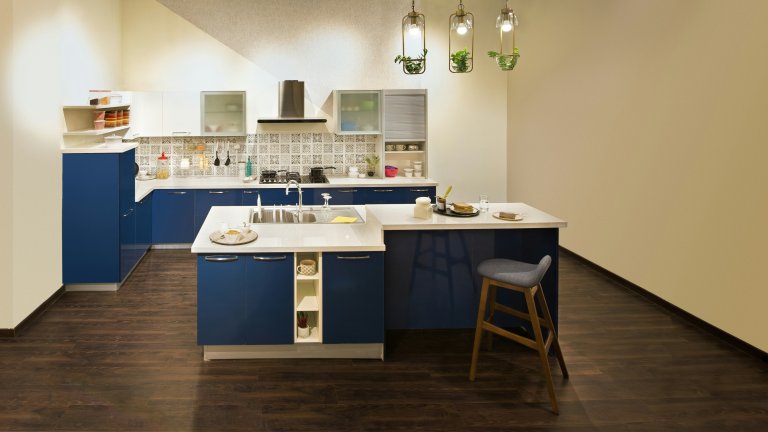Pitfalls To Avoid For Audio Publishers
Audio publishing has become increasingly popular with the rise of technology and digital media. With more and more people turning to audiobooks and podcasts, it is important for audio publishers to avoid common pitfalls that can hinder their success. Whether you are a seasoned audio publisher or just starting out, here are some pitfalls to be aware of and how to avoid them.
Pitfall #1: Poor Audio Quality
When it comes to audio content, quality is key. Poor audio quality can quickly turn off listeners and make it difficult for them to stay engaged with your content. This can be due to a variety of factors such as background noise, static, uneven volume, or poor equipment. It is crucial for audio publishers to invest in high-quality equipment and take the time to properly edit and master their audio to ensure a clear and polished final product.
To avoid this pitfall, make sure to regularly check your equipment for any issues and invest in professional equipment if possible. Additionally, make sure to take the time to properly edit and master your audio to ensure a high-quality listening experience for your audience.
Pitfall #2: Lack of Consistency
Consistency is key when it comes to building an audience for your audio content. It is important to establish a consistent publishing schedule and stick to it. This not only helps your audience know when to expect new content, but it also shows your dedication and professionalism as an audio publisher.
Additionally, it is important to maintain consistency in your branding and content style. This helps to establish your brand identity and makes it easier for listeners to recognize and connect with your content.
To avoid this pitfall, create a content calendar and stick to it as closely as possible. Also, establish clear branding guidelines and make sure all of your content adheres to them.
Pitfall #3: Neglecting Proper Copyright and Legal Procedures
Audio publishers must be mindful of copyright and legal procedures when it comes to using audio content. It is important to obtain the proper licenses and permissions for any music, sound effects, or other audio content that is used in your productions. Neglecting to do so can result in legal issues and damage to your reputation as an audio publisher.
To avoid this pitfall, make sure to do your research and obtain the necessary licenses and permissions before using any audio content in your productions. It may be helpful to consult with a legal professional to ensure that you are following all necessary procedures.
Pitfall #4: Ineffective Marketing and Promotion
Effective marketing and promotion are essential for reaching and growing your audience as an audio publisher. Neglecting to effectively market and promote your content can lead to low engagement and limited growth.
To avoid this pitfall, it is important to have a solid marketing and promotion plan in place. This can include utilizing social media, working with influencers or other media outlets, and engaging with your audience through email newsletters or other forms of communication.
Pitfall #5: Not Prioritizing Audio Accessibility
Audio accessibility is important for reaching a wider audience and making your content more inclusive. Neglecting to make your audio content accessible can exclude potential listeners, limit your reach, and tarnish your brand’s reputation.
To avoid this pitfall, make sure to prioritize audio accessibility in your productions. This can include adding transcripts or captions to your content, using visual aids when possible, and considering the needs of those with hearing impairments.
Pitfall #6: Lack of Audience Engagement
Engaging with your audience is an essential part of building a successful audio publishing brand. Neglecting to engage with your audience can lead to a lack of connection and ultimately result in a loss of listeners.
To avoid this pitfall, make sure to actively engage with your audience on social media, through email, or through other channels. Encourage listeners to leave reviews or provide feedback and respond to their comments and messages in a timely manner.
Pitfall #7: Failure to Adapt and Evolve
In the ever-changing world of audio publishing, it is important to be adaptable and open to evolving your content. Failing to adapt and evolve can result in stagnant growth and a loss of audience.
To avoid this pitfall, be open to trying new formats, experimenting with different topics, and listening to feedback from your audience. Keep up with industry trends and be willing to adapt your content to meet the needs and preferences of your audience.
Pitfall #8: Not Investing in Professionalism
In order to be taken seriously as an audio publisher, it is important to invest in professionalism. This can include having well-produced content, strong branding, and a professional online presence.
To avoid this pitfall, make sure to invest in the necessary tools and resources to produce high-quality content. Additionally, take the time to establish a professional brand and maintain a professional online presence through your website and social media accounts.
In Conclusion
Audio publishing can be a rewarding and fulfilling field, but it is important to be aware of potential pitfalls and how to avoid them. By investing in high-quality production, establishing consistency, following legal procedures, effectively marketing your content, prioritizing accessibility, engaging with your audience, adapting and evolving, and maintaining a professional approach, you can set yourself up for success as an audio publisher.




